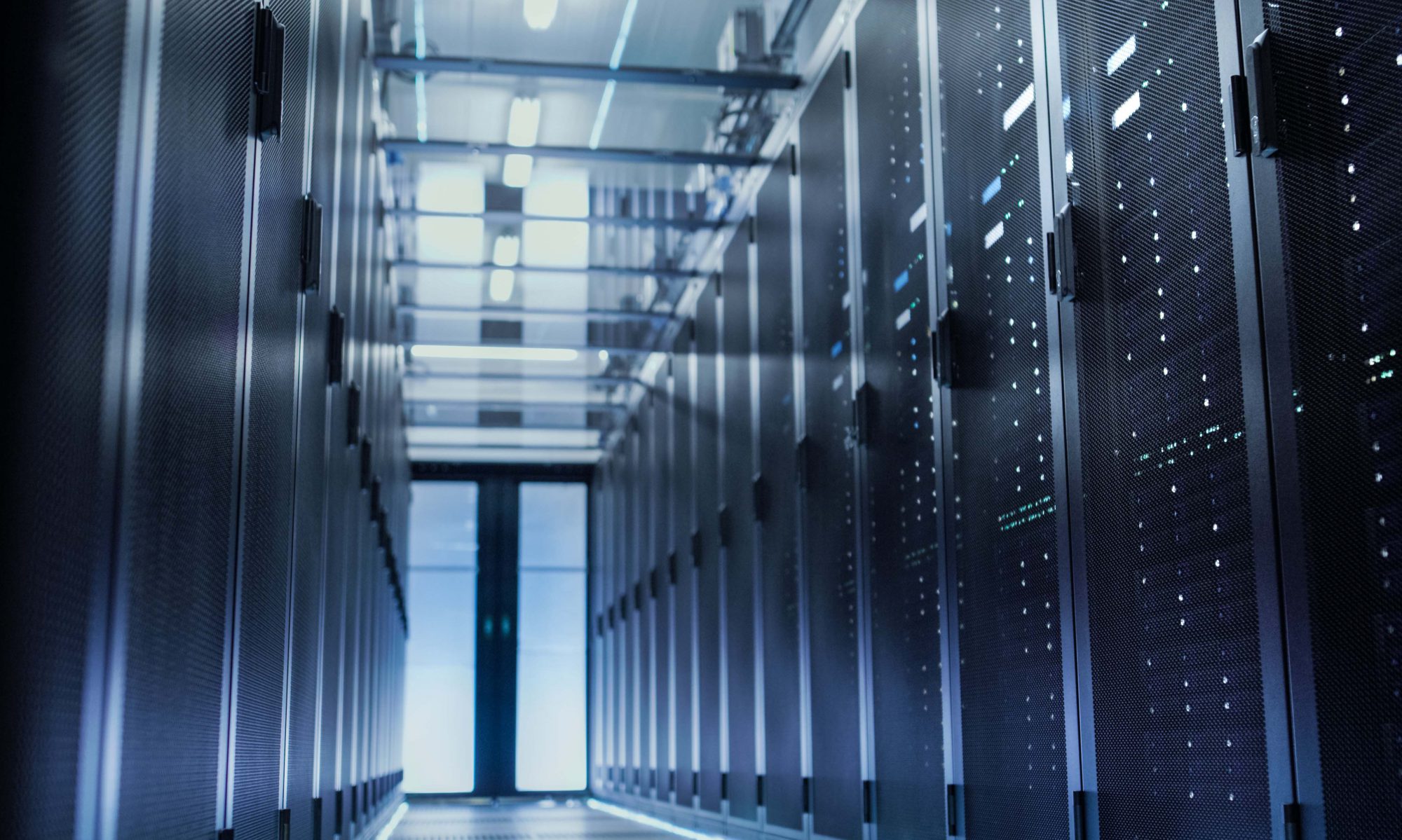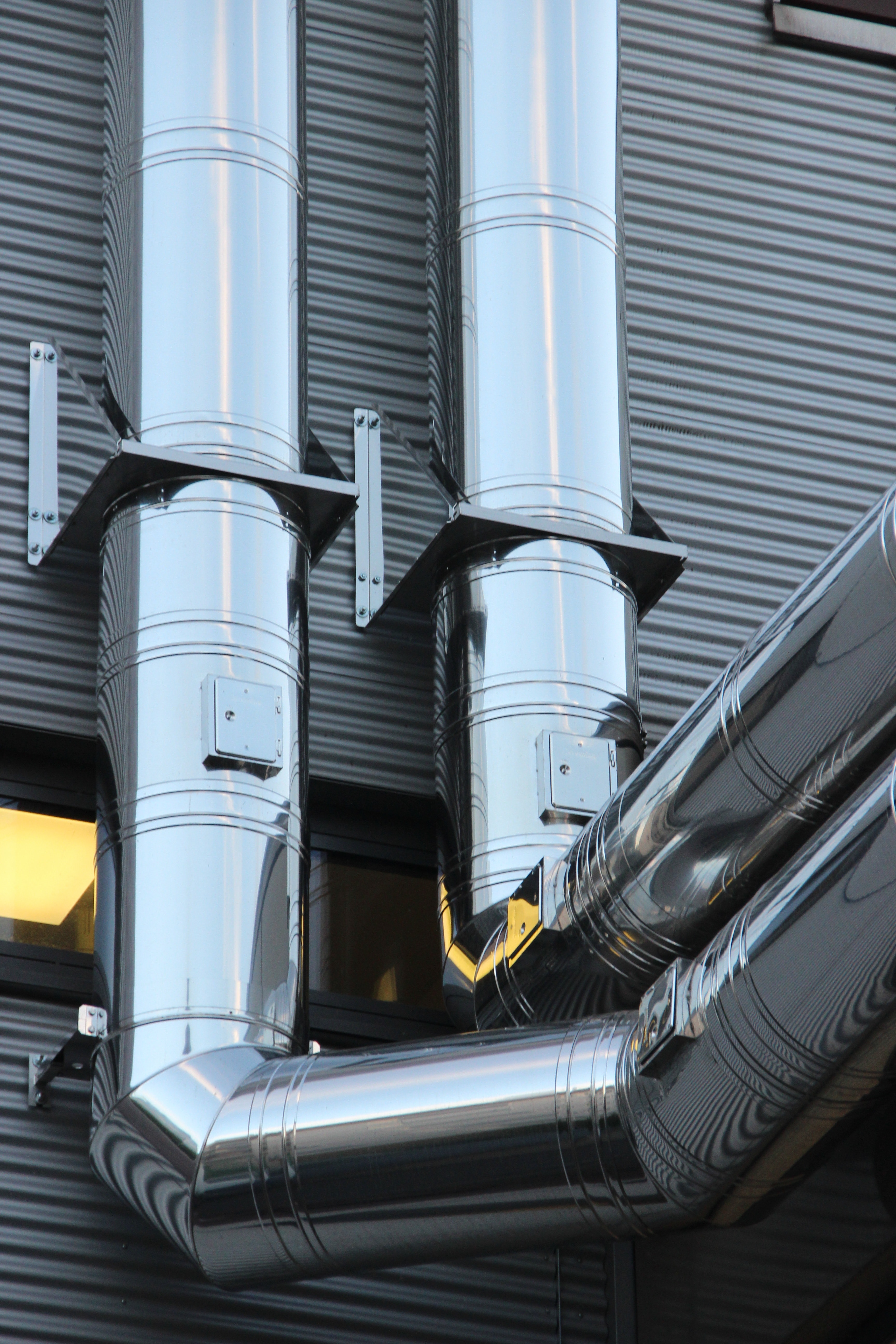In their article, João Marques Lima and Abigail Opiah give us their prediction of growth of the data center sector for the next 10 years.
By their estimates, SaaS and cloud services will remain the largest market segment as companies continue to move their workloads off of their company data centers over the next decade.
Data centers in the US and Europe will move rapidly to green data centers and renewable energy sources as the industry is currently estimated to be responsible for one fifth of all global carbon emissions by 2025.
Hyperscale data centers and the data center security market are expected to have an explosive growth during the second half of the decade, as the industry will foray into the Asian, African and Latin American markets.

You can find their full prediction in the article linked below
Source: Data Economy









